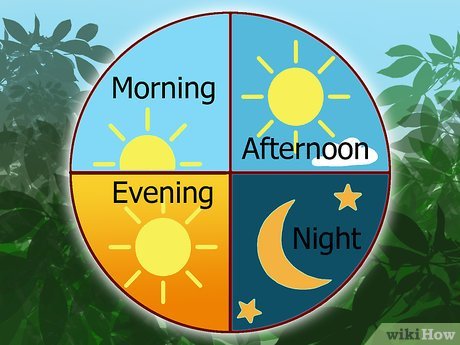If you’re an avid gardener or just starting out, one of the most important questions you might have is: **When is the best time to water my plants?** It’s a question that has been debated by gardeners for years, and understanding the ideal watering time can have a big impact on the health and growth of your plants.
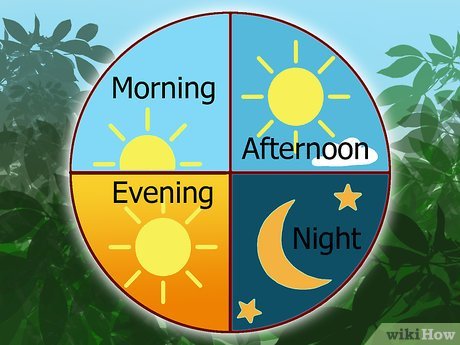
While it may seem like a small detail, the timing of your watering routine can affect everything from the **efficiency of water usage** to **plant health** and **resilience**. In this article, we’ll dive into the best times of day to water your plants — **morning**, **afternoon**, or **night** — and explain why timing matters for optimal growth.
### 🌅 **Morning: The Best Time for Most Plants**
For most plants, **morning** is the ideal time to water. Here’s why:
#### **1. Plants Can Absorb Water Effectively**
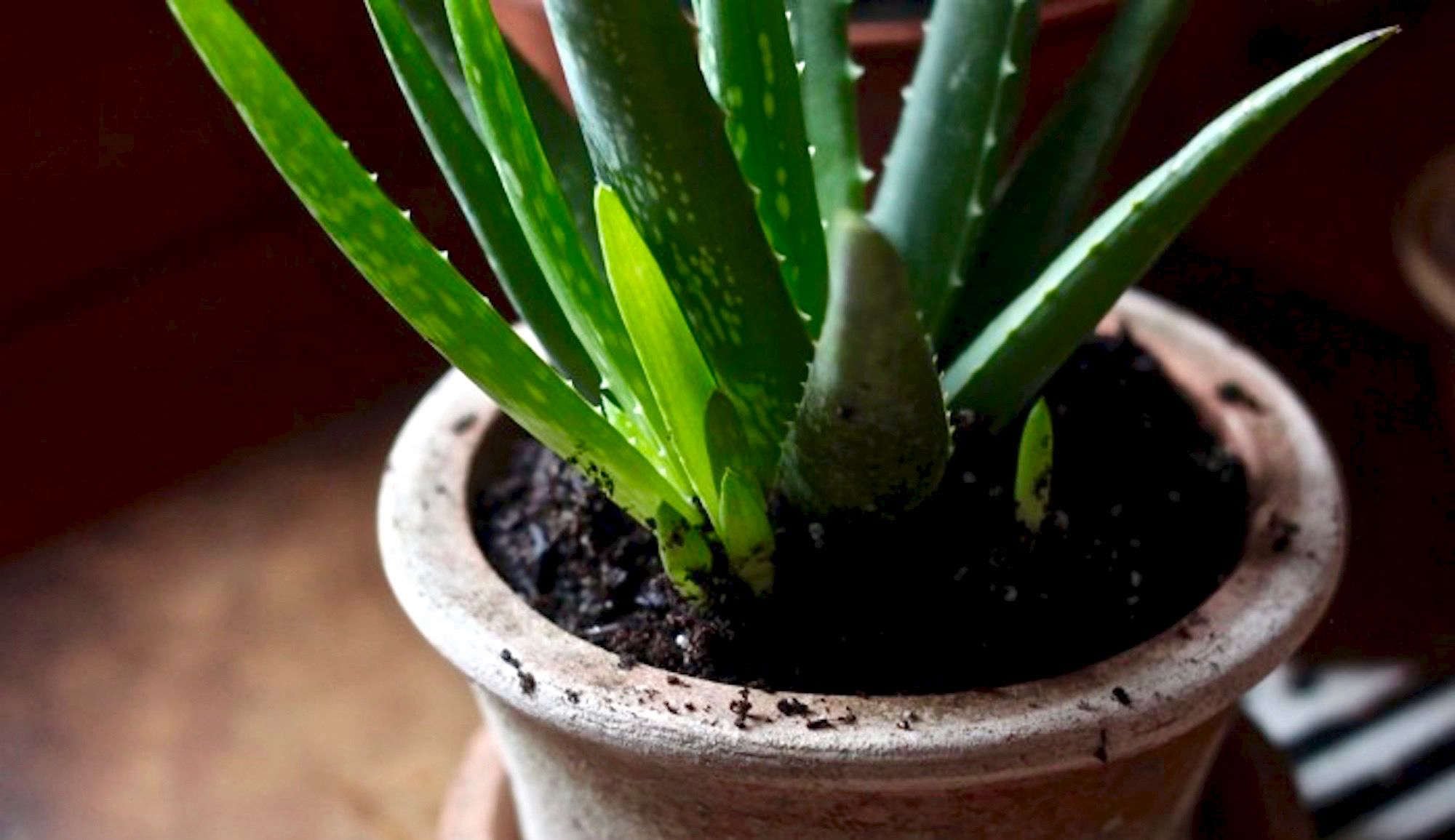
In the morning, temperatures are cooler, and the sun’s rays are not yet too intense. This allows the **soil** to absorb water without it evaporating too quickly. Additionally, the plants have the whole day ahead of them to **absorb the water** into their roots, leading to better hydration and growth.
#### **2. Prevents Disease and Fungal Growth**
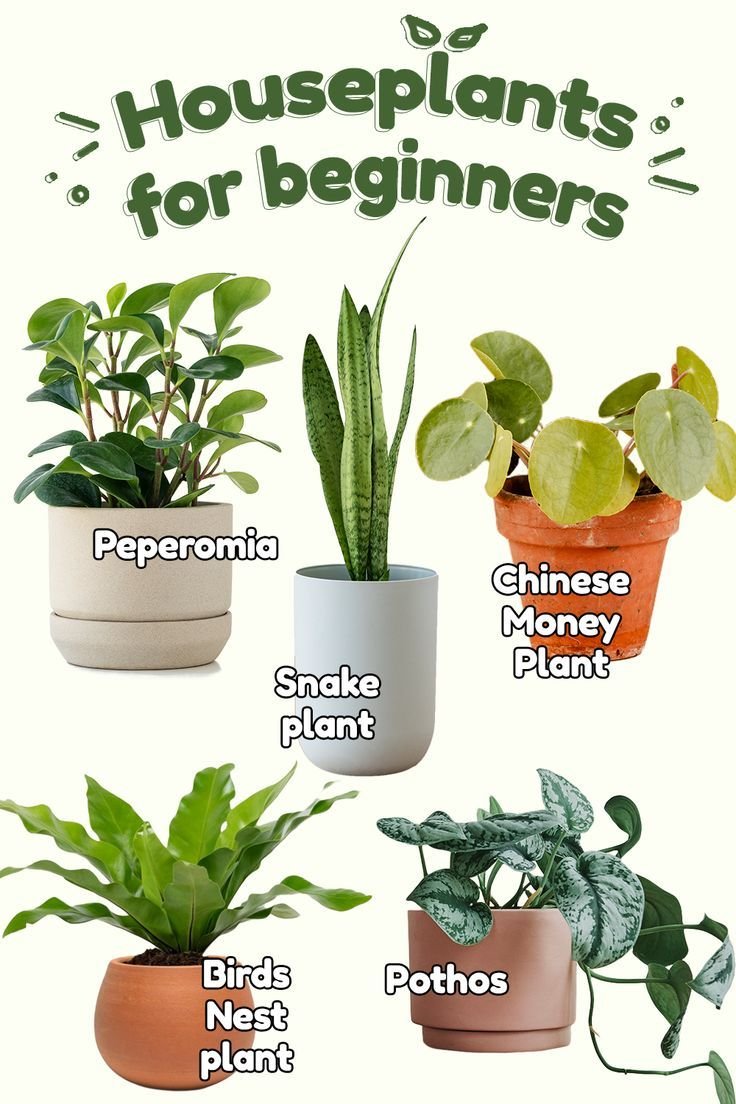
Watering early in the morning helps avoid the growth of **fungi** or **mold**, which can thrive when plants stay wet overnight. By watering in the morning, the plant’s leaves and stems have time to dry out before the evening, reducing the chances of fungal infections.
#### **3. Helps Plants Handle the Day’s Heat**
Watering early allows plants to start the day with enough moisture, helping them to **tolerate the heat of the afternoon**. The water in the soil will also **cool down the roots**, helping the plants stay hydrated and comfortable as the sun rises higher in the sky.
### 🌞 **Afternoon: Not Ideal, But Sometimes Necessary**
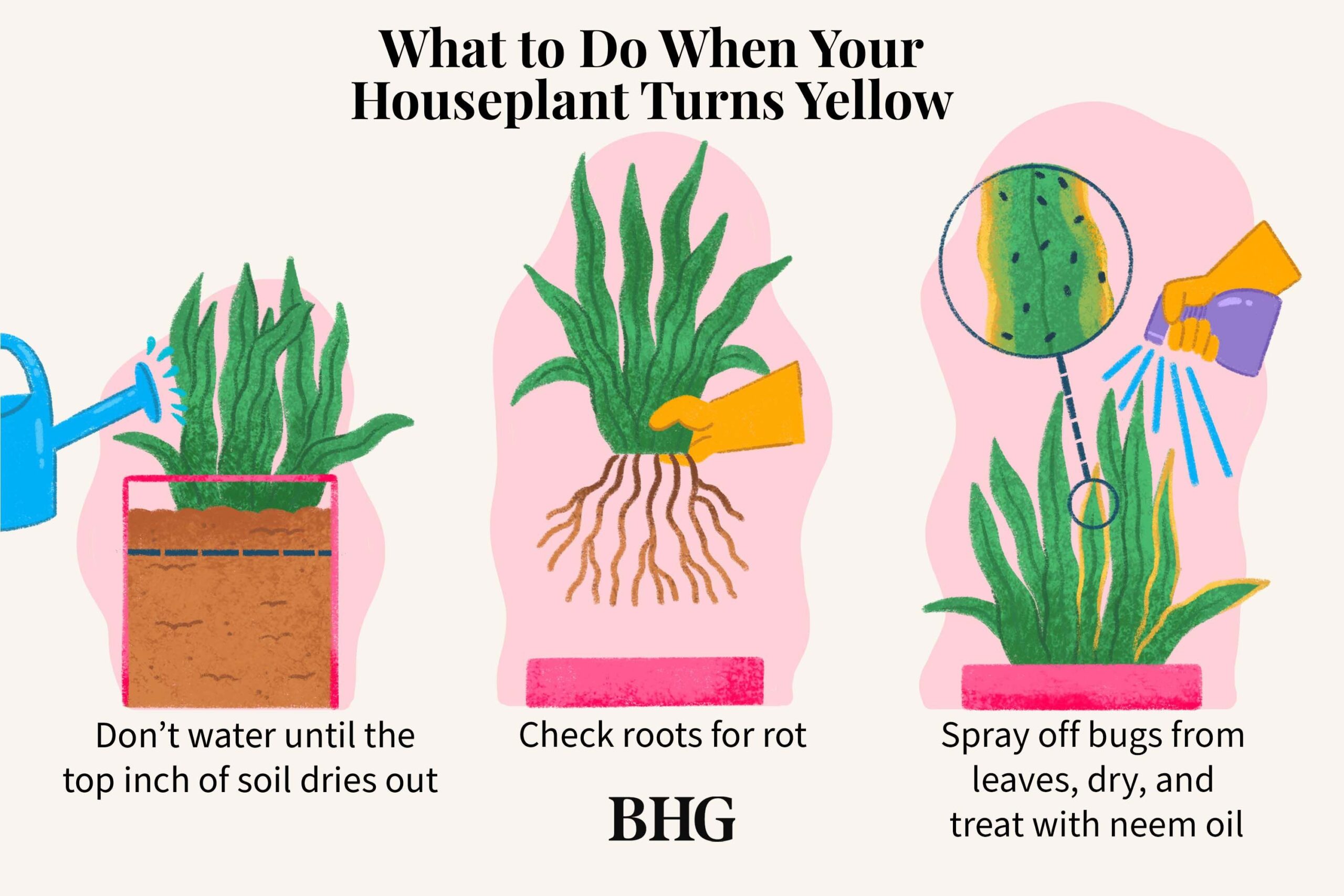
Watering in the **afternoon** is not recommended for most plants, but it can still be a **viable option** in certain circumstances. Here’s why afternoon watering might not be the best, along with situations where it may be necessary:
#### **1. Increased Evaporation**
By afternoon, the sun is at its peak, causing **faster evaporation** of water from the soil. This means that your plants may not be getting as much water as you think. The heat of midday can quickly draw moisture away before it can properly soak into the roots.
#### **2. Risk of Overheating and Leaf Burn**
Watering in the afternoon — especially during the hottest part of the day — can also result in **leaf burn**. If water is on the leaves during high temperatures, the water droplets can magnify the sun’s rays, causing damage to the plant’s foliage.
#### **When to Water in the Afternoon:**
If you find that morning or evening watering isn’t possible for some reason, watering in the **late afternoon** (just before sunset) may be your best bet. The temperatures will have started to cool down, reducing evaporation and giving your plants enough time to absorb the water before nightfall.
### 🌙 **Night: A Risky Choice for Some Plants**
Watering at night can have some negative consequences, but it may be the only option during certain hot summer months or if your schedule makes daytime watering impossible. Here’s why night watering can be tricky:
#### **1. Increased Risk of Disease**
Watering your plants in the evening can **trap moisture** around the leaves and stems overnight. When this happens, there’s more chance for **fungal growth**, mildew, and **rot**, especially in humid climates. Plants need to dry off before nightfall, and **moisture-laden plants at night** are a breeding ground for unwanted pests and diseases.
#### **2. Roots May Not Absorb Properly**
Watering at night, when the temperatures have dropped, can make it difficult for the plants to properly **absorb the moisture** into their roots. The cooler soil might not allow the water to seep in as efficiently, which can lead to **root rot** if the soil remains too wet for extended periods.
#### **When to Water at Night:**
If night watering is your only option, **use it sparingly**. Choose plants that are more resistant to humidity, and water just enough to hydrate the roots, avoiding wetting the foliage. Additionally, try to water early in the evening, before the temperatures drop too much.
### **The Best Time to Water Your Plants – A Summary**
To recap, here’s the ideal watering time for most plants:
– **Morning**: The best time to water, allowing plants to absorb moisture without excess evaporation, preventing disease, and helping them cope with the heat of the day.
– **Late Afternoon**: If necessary, watering just before sunset can minimize evaporation and ensure plants get sufficient hydration without risking leaf burn.
– **Night**: Generally not recommended, as it can increase the risk of disease and prevent proper water absorption, but it may be the only option in certain situations.
### 💡 **Bonus Tips for Healthy Watering:**
– **Use Well-Draining Soil**: Good drainage helps prevent overwatering and allows plants to absorb moisture more effectively.
– **Water Deeply**: It’s better to water deeply and less frequently than to water lightly every day. Deep watering encourages roots to grow deeper and makes plants more drought-tolerant.
– **Use a Watering Can or Drip Irrigation**: These methods direct water to the roots and minimize water wastage compared to using a hose, which can lead to evaporation.
### **Final Thoughts: Watering at the Right Time Matters**
Timing your watering routine is one of the simplest yet most important factors in ensuring **optimal plant growth**. By understanding the best times to water — morning for most plants, late afternoon when necessary, and avoiding evening watering unless unavoidable — you can give your plants the best possible chance to thrive.
